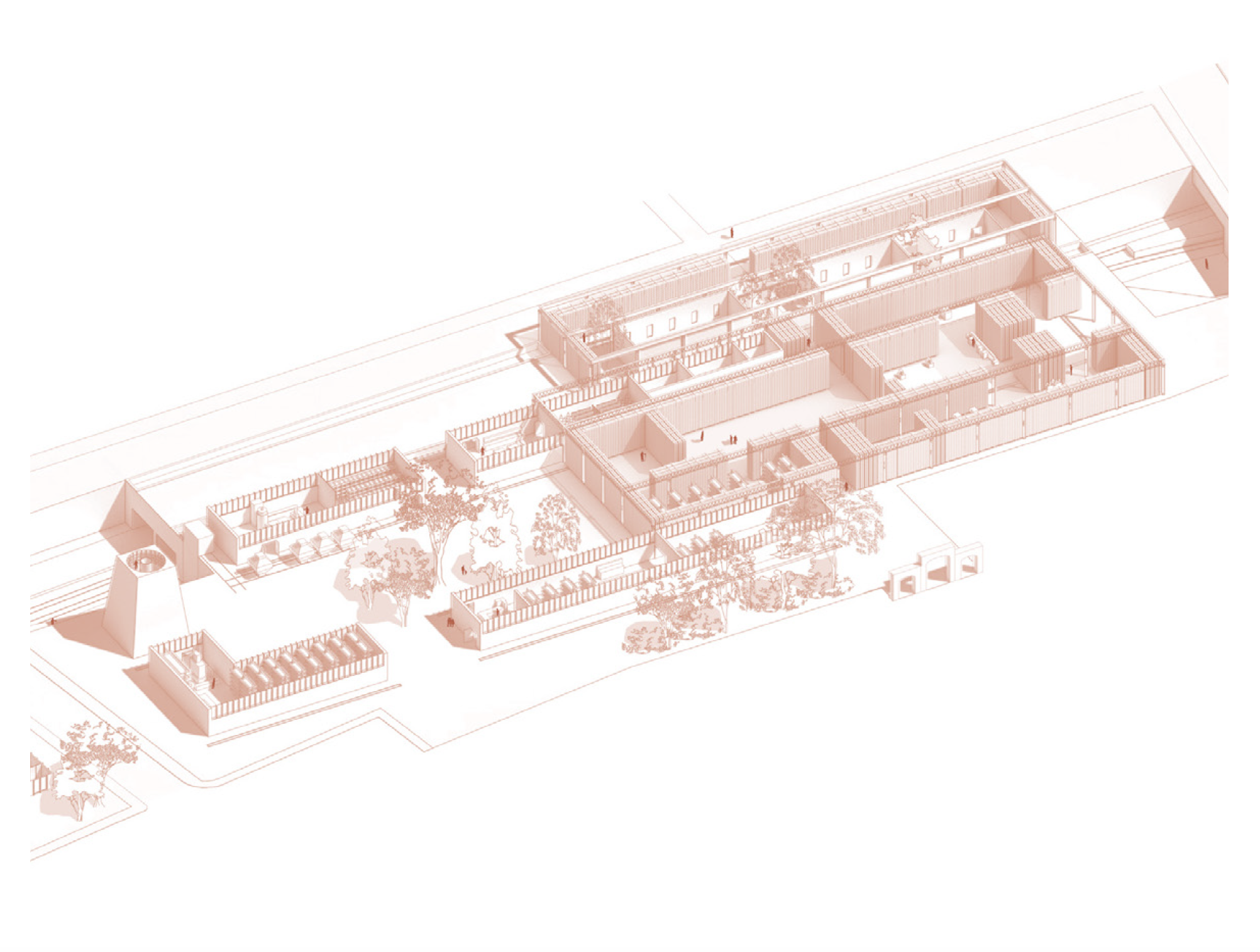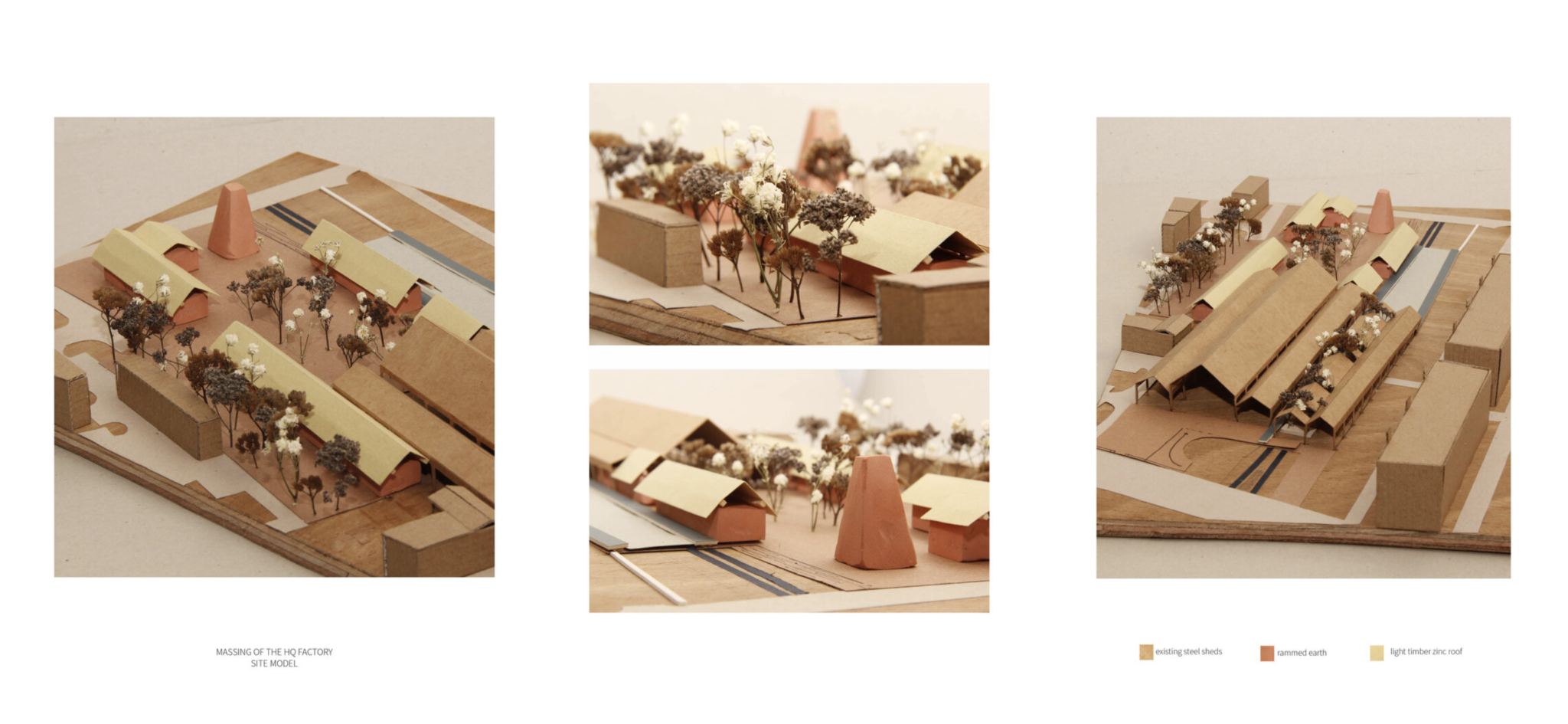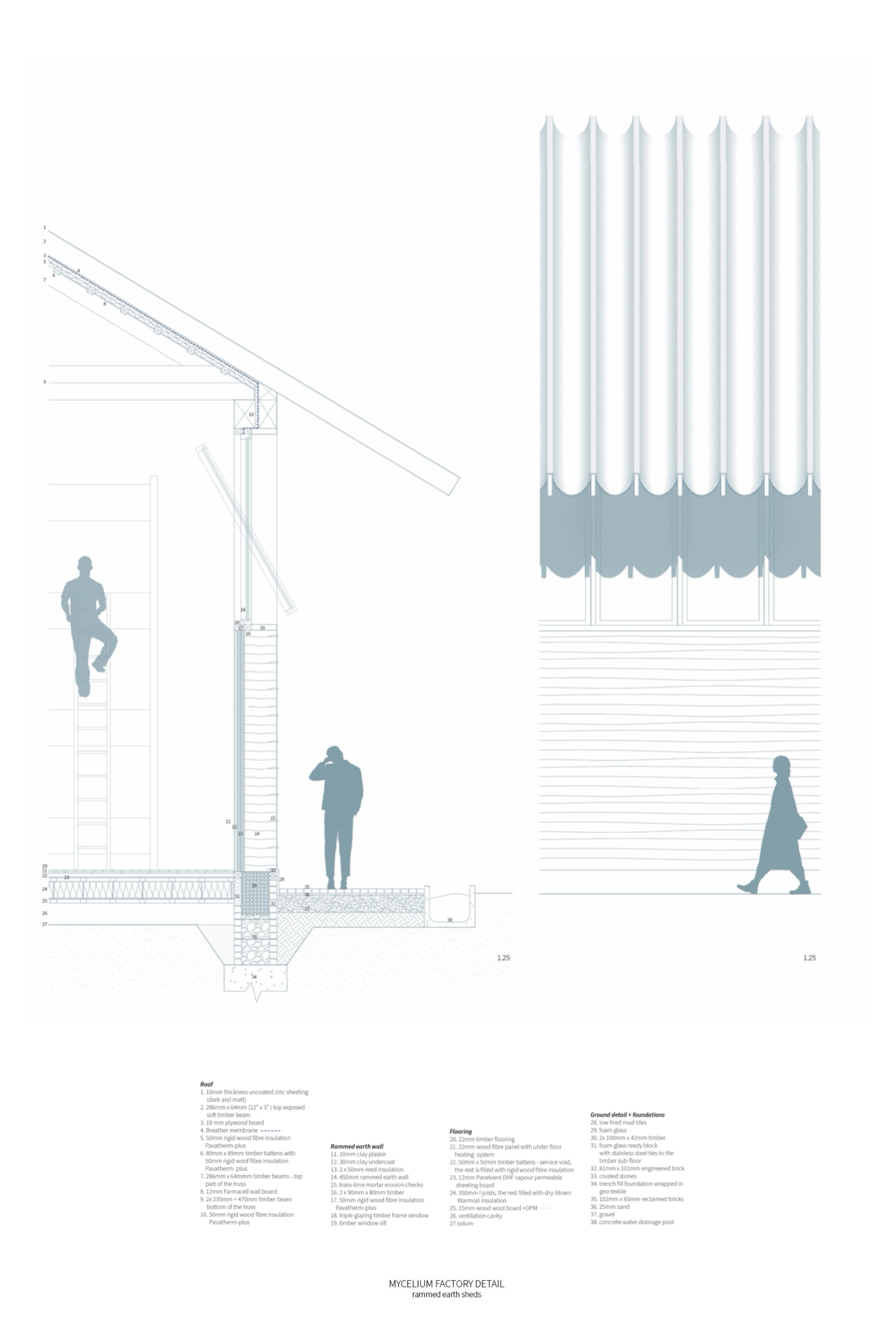Today’s construction industry mainly functions within the principles of the linear economy. This finite one-way system that essentially transforms our resources into waste has been driving the construction industry into an unsustainable future for quite some time.
A sustainable solution to this problem requires us to move from an extractive to a regenerative circular process. Design for disassembly is one of the most complex design approaches to circularity. It tackles the problem of closing the circle by designing the building to come apart, be rebuilt elsewhere, or for all the components to be reused in another construction.
It not only aims to create environmentally conscious architecture but also architecture with a strong participatory approach, which encourages community’s involvement. The exploration of the participatory approach is mainly important in response to the underlining problem of dislocation in Glasgow and the urgent need for public involvement and empowerment.
This thesis is looking into designing a design for disassembly infrastructure to facilitate a stronger community build network of social mobility engine rooms around Glasgow. It aims to reactive the disused sites around the city by designing a prefabricated kit of parts, which will be used to assemble and disassembly the social mobility engine rooms in parts of Glasgow, where communities are not being catered for by any of the existing free cultural institutions, public libraries and community centres. Situated at the old Bellgrove Meat Market, sitting on top of a railway line, connecting this site to the rest of the Glasgow, and taking advantage of the existing market sheds, is the new Headquarters factory. It is a place of prefabrication, education, workshops, and community collaboration. The architecture of this factoryreminisces the historical industrial sheds that used to dominate this area, and with its honest and transparent construction, it demonstrates its devotion to circular design.
Through the proposed infrastructure, the thesis aims to teach the communities how and giving them the means to participate in the creation of their city, and by doing so, provide them with a service rather than a product.




